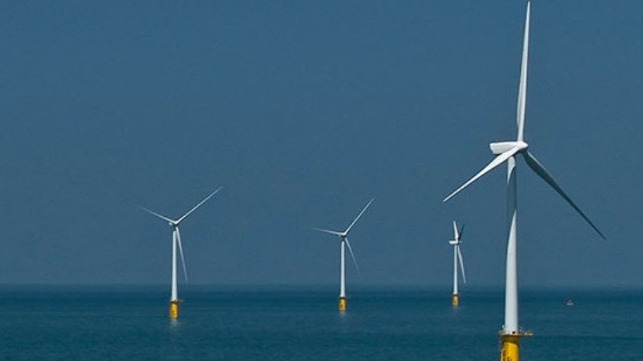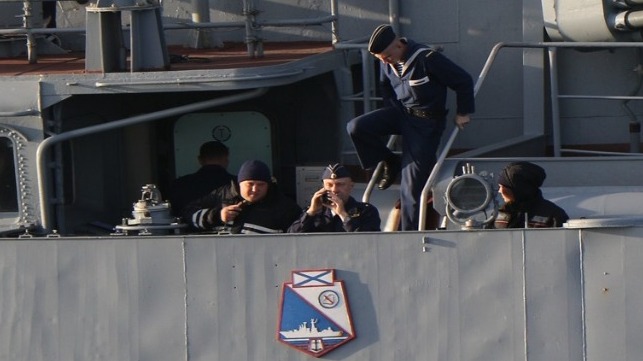
Days after saying that it was preparing its 15MW wind turbine to begin certification testing in 2022, Veritas announced the turbines which are currently on track to be the industry’s largest have been designated for two of the US’s largest planned offshore wind farms. Empire Offshore Wind, a joint venture between Equinor and bp, has named Vestas as the preferred turbine supplier for the proposed 2.1 GW Empire Wind 1 and Empire Wind 2 offshore wind projects planned for offshore in New York. This is one of the largest preferred supplier agreements to be announced in the U.S. industry.
If the projects gain approval and proceed, Vestas will provide 138 V236-15.0 MW turbines for Empire Wind 1 and 2, located 15-30 miles off the coast of Long Island. With this project, New York, Equinor, bp, and Vestas together would take a leading role in the development of the offshore industry in the U.S. Combined, the two projects would play a significant role in New York’s goal of installing 9 GW by 2035 and contribute to the U.S.’s overall goal of 30 GW of offshore wind capacity installed by 2030.
“We are honored to partner with Equinor and bp as preferred supplier for the Empire wind projects and provide our V236-15.0 MW turbine to help New York achieve its ambitious offshore wind energy goals. To be part of a landmark project like Empire Wind 1 and 2 is a testament to the hard work of Vestas colleagues across the world dedicated to developing offshore technology capable of delivering, reliable, resilient, and sustainable wind energy to communities around the world,” said Laura Beane, President of Vestas North America.
These two projects are also viewed as a catalyst for developing New York State’s sustainable energy. To that end, the companies also announced agreements designed to establish the infrastructure to support these projects.
The tower sections for Empire Wind 1 and 2 are planned to be sourced from the Marmen/Welcon plant, which is being developed in Port of Albany. For staging of turbine components, Vestas reports it will utilize the upgraded port at South Brooklyn Marine Terminal, developing a local, New York-based, supply chain to provide the services in the staging, pre-assembly, and installation activities.
In addition, Vestas will deliver a comprehensive multi-year solution to service the wind farm when operational, with the goal to establish a New York-based service organization.
Last week, Veritas announced that it planned to install the first prototype of the 15 MW wind turbine at a test facility in Denmark during the second quarter of 2022. Testing is expected to begin in the fourth quarter of 2022. The V236-15 MW will stand over 900 feet with the ability to produce over 80 GWh per year. In July 2021, it was also pre-selected for a 900 MW wind farm planned for Germany.
Equinor and bp received their first award from New York State in 2019 for Empire Wind 1. At the beginning of this year, they were selected for what would become Empire 2 along with a second project further to the east known as Beacon 1. Combined the two projects represented one of the largest renewable energy procurements in the U.S. to date.
SOURCE READ THE FULL ARTICLE
https://www.maritime-executive.com/article/new-york-wind-farms-to-get-giant-15-mw-turbines







